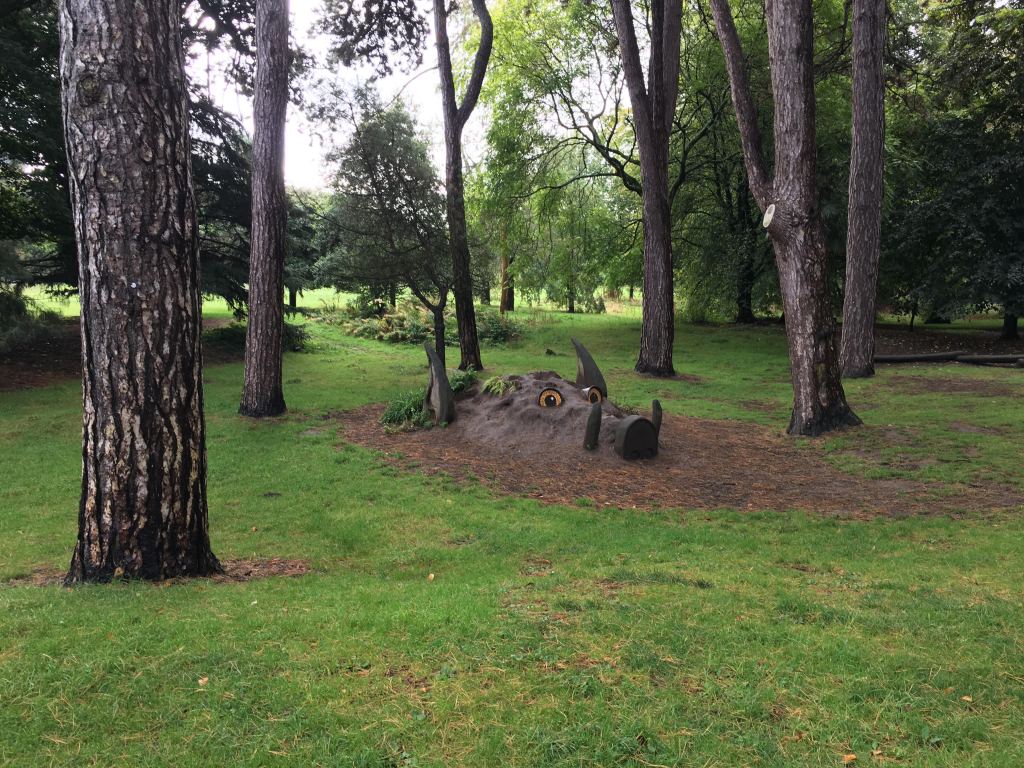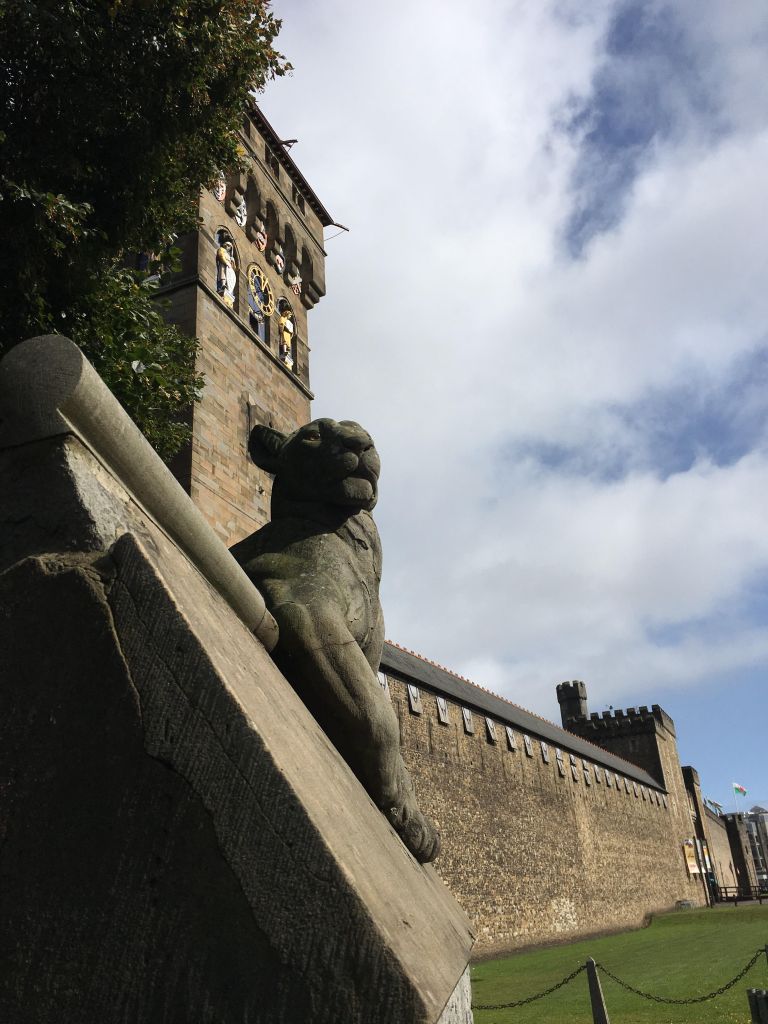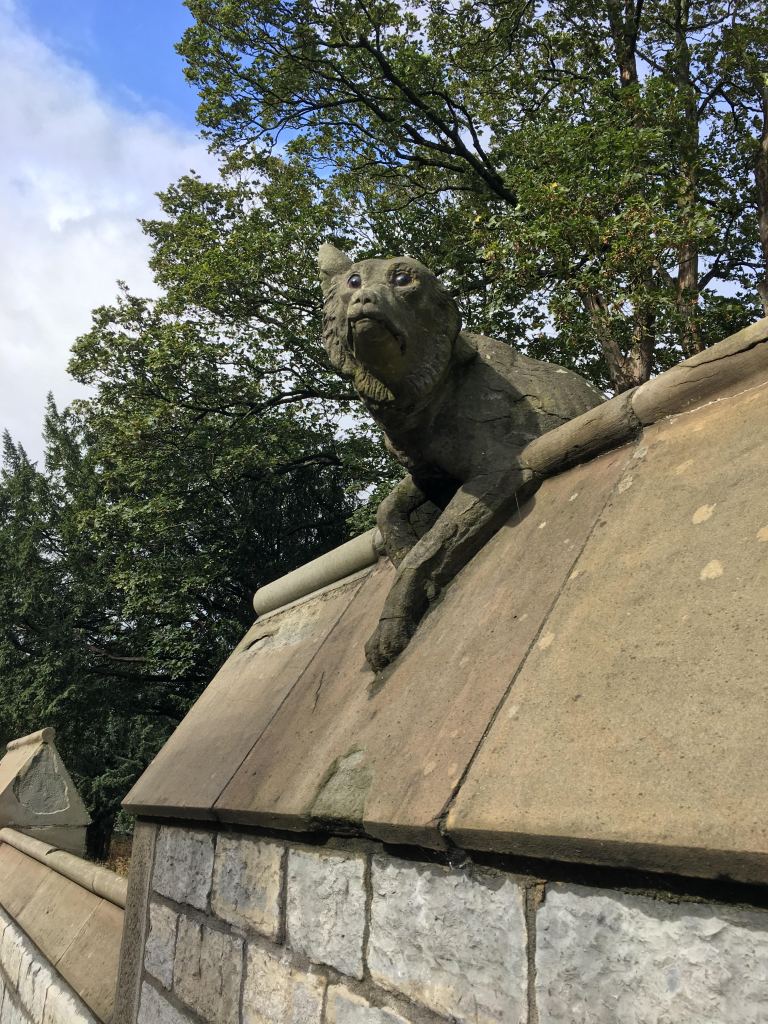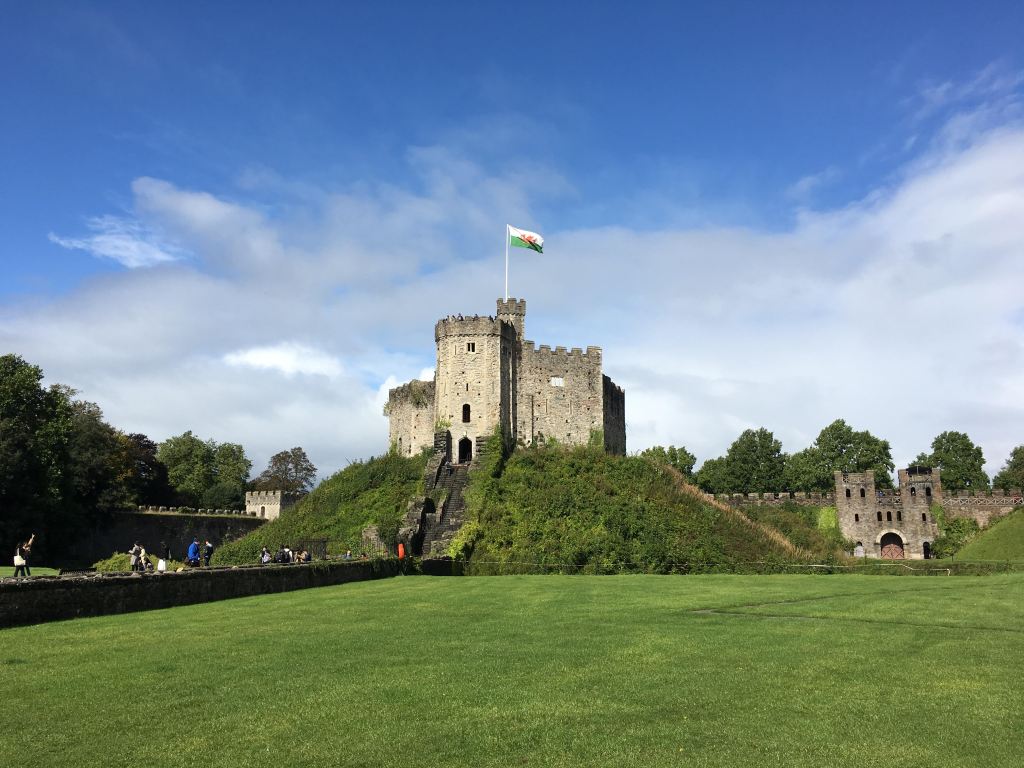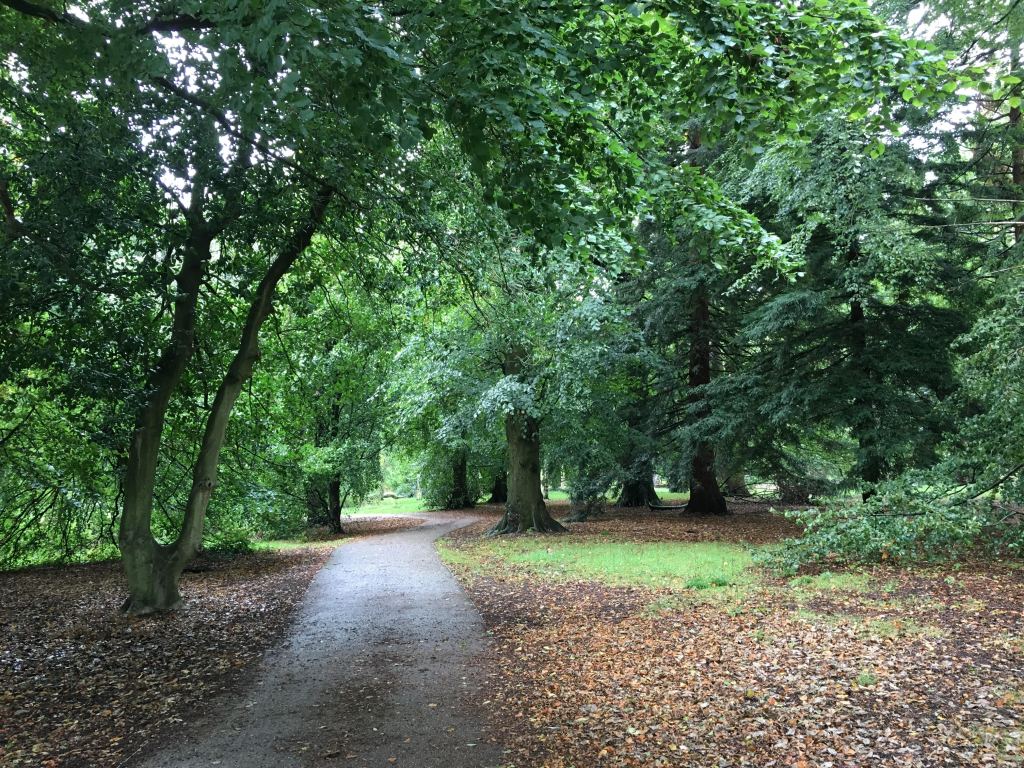I recently spent a week working with Wales’ Hijinx Theatre on their show Meet Fred, as an understudy puppeteer. It was a brilliant few days in one of my new favourite cities, Cardiff.
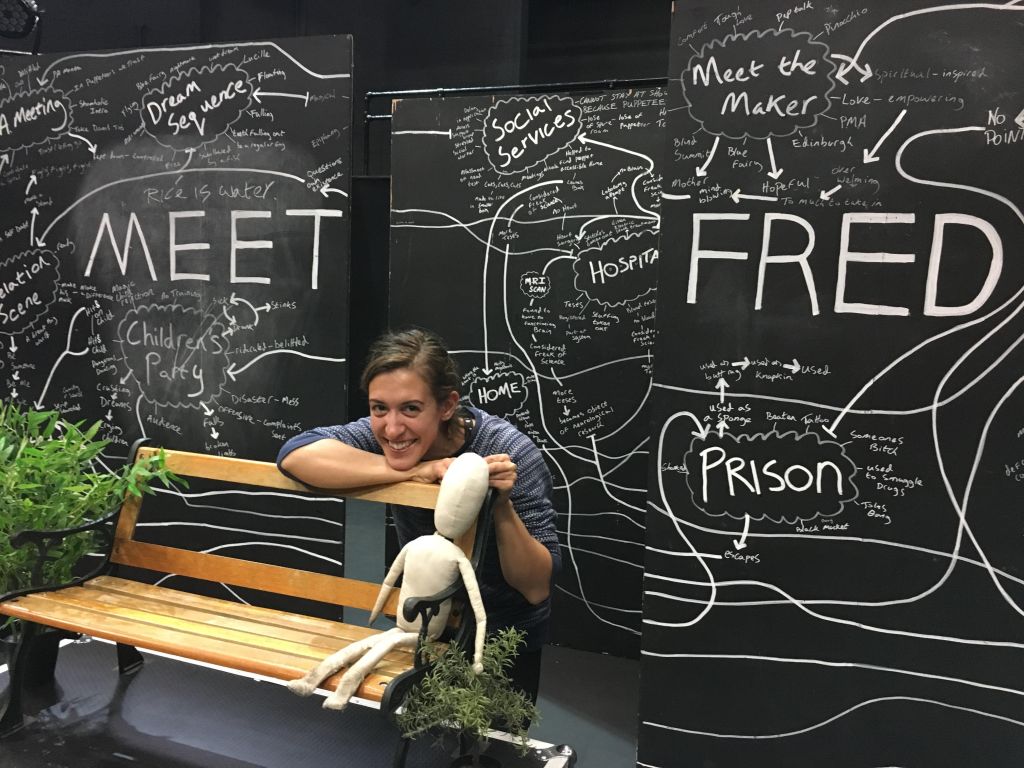
On the first day I rocked up at the Sherman Theatre, my workplace for the week. Ahead of me lay several days of rehearsals in which to learn the show before the company did three performances in the studio theatre, one featuring yours truly on the feet of the puppet. After this the show would set off on a European tour while I headed to Greece for a different job, hoping to re-join the Meet Fred cast on a future tour.
Fred is a simple, cloth table-top puppet operated by three puppeteers. His plain appearance and lack of embellishments is explained during the show, but I like to think it gives him an air of being the ‘everyman’ – we can all see a part of our own life struggles in Fred. The show follows the events of Fred’s life as he faces the prospect of losing his PLA (Puppetry Living Allowance). Cue drama, hilarity tipping over into tragedy and a healthy dose of existential crisis. It’s good fun to watch and great fun to perform.
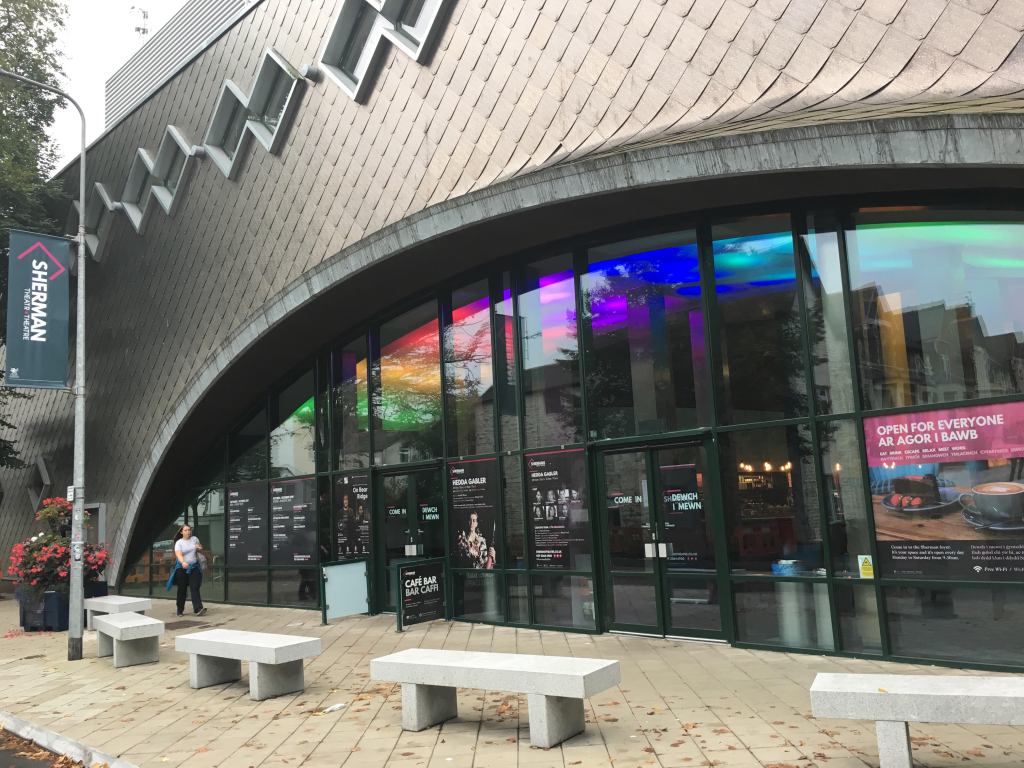
The level of precision required is what I love about puppeteering the feet on this kind of puppet. From simple movements such as standing up and walking to running on the spot and even dancing, if it’s done well, the puppet moves seamlessly as one being. (If it’s not done well, it’s awful.) With my dance training I feel like this technicality of movement speaks a language I understand.
I first saw Meet Fred several years ago at a theatre in Canada Water, London. I remember thinking at the time, this is a show I would LOVE to be a part of. Well now that dream has come true! The cast and crew at Hijinx are a lovely bunch, and I couldn’t have asked for a more welcoming group of people to work with. Cardiff very quickly felt like home and I hope to come back to the city soon and continue exploring.
